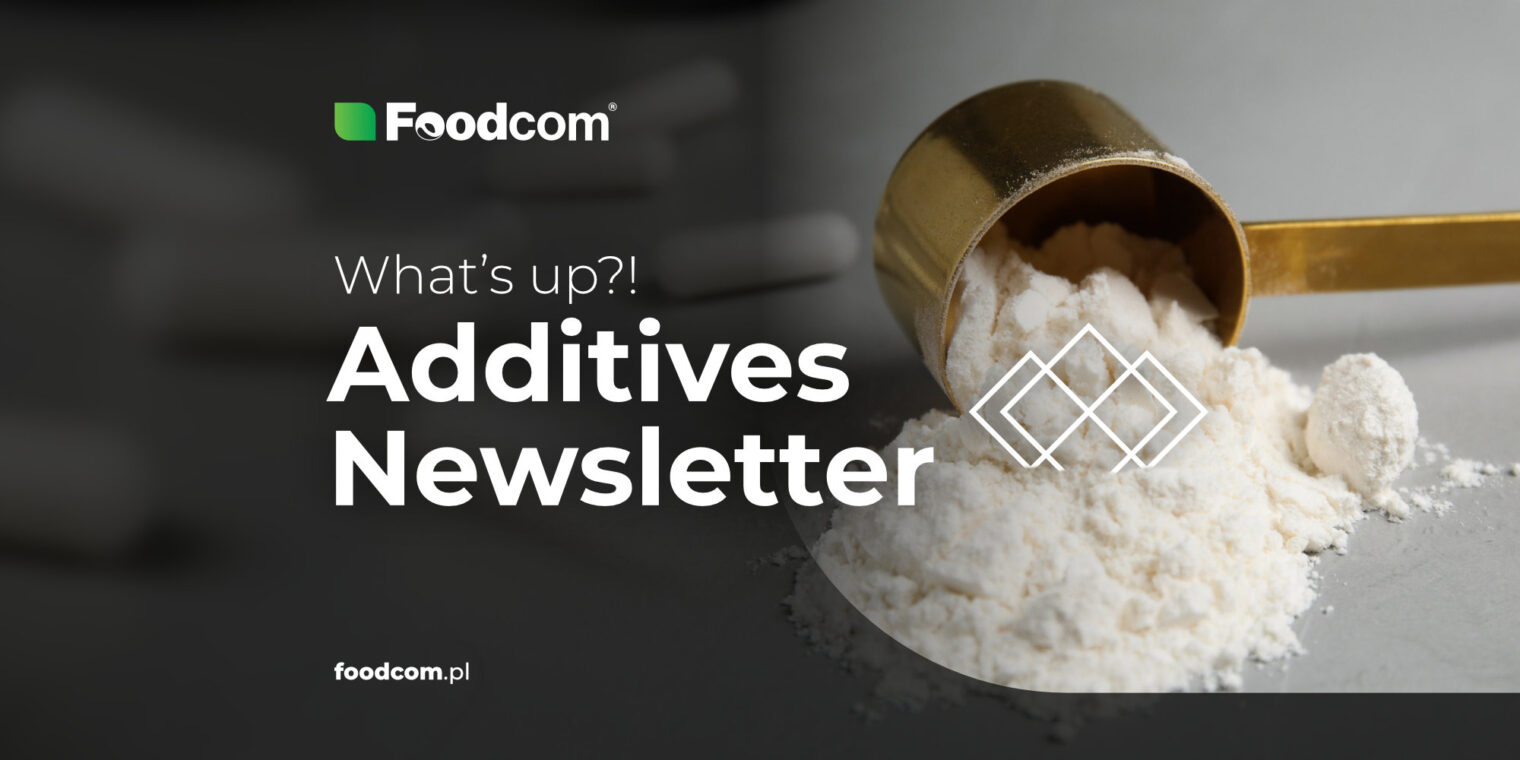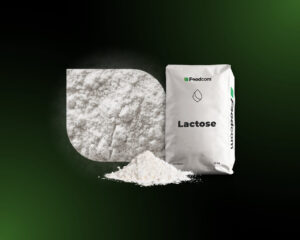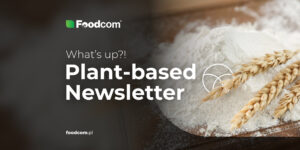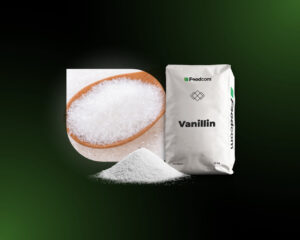Sintesi
Indice
The recent COVID-19 outbreak in China has caused a number of manufacturing and logistical problems, which is a concern for the amino acid and vitamin industry. Are you curious about what else happened in the past week? With us, you’ll never miss a thing.
We know from a trusted source that Sumitomo Chemical Company restarted its DL-methionine production line at the end of March, after delays from the planned schedule. The line at the Niihama broke down in December.
Currently, there are large shortages of this raw material on the European market, the reason being poor supply estimates by importers in Europe. Concerning the demand of feed companies, not enough has been imported to Europe, so prices of Choline Chloride have continued to stay high in China, which does not encourage importers to make stocks.
Europe’s threonine spot price assessment is stable. Although threonine availability was “slightly better” than lysine HCL, there were almost no offerings, and activity was low.
Lysine HCL spot price is stable. We hear that Q2 is fully covered and Q3 is also largely booked. Recently, due to the high price volatility of several materials, like the consequence of the war in Ukraine, buyers have sought to cover longer terms to secure deliveries. Also, the recent spread of COVID-19 in China will have a significant impact on logistics and overall procurement.
Contract prices for feed phosphate increased 30% in the second quarter of April. High costs and the limited availability of sulfur and sulfuric acid made the production of the key phosphoric acid ingredient so difficult that the offer of feed phosphate was reduced in April. Right now, the greatest factor keeping prices very high for MCP, especially in Europe, is the complete withdrawal of Russian producers from the market.
Methionine
We know from a trusted source that Sumitomo Chemical Company restarted its DL-methionine production line at the end of March, after delays from the planned schedule. The line at the Niihama broke down in December.
Choline Chloride
Currently, there are large shortages of this raw material on the European market, the reason being poor supply estimates by importers in Europe. Concerning the demand of feed companies, not enough has been imported to Europe, so prices of Choline Chloride have continued to stay high in China, which does not encourage importers to make stocks.
Threonine
Europe’s threonine spot price assessment is stable. Although threonine availability was “slightly better” than lysine HCL, there were almost no offerings, and activity was low.
Lysine HCL
Lysine HCL spot price is stable. We hear that Q2 is fully covered and Q3 is also largely booked. Recently, due to the high price volatility of several materials, like the consequence of the war in Ukraine, buyers have sought to cover longer terms to secure deliveries. Also, the recent spread of COVID-19 in China will have a significant impact on logistics and overall procurement.
Monocalcium Phosphate
Contract prices for feed phosphate increased 30% in the second quarter of April. High costs and the limited availability of sulfur and sulfuric acid made the production of the key phosphoric acid ingredient so difficult that the offer of feed phosphate was reduced in April. Right now, the greatest factor keeping prices very high for MCP, especially in Europe, is the complete withdrawal of Russian producers from the market.
Categorie







